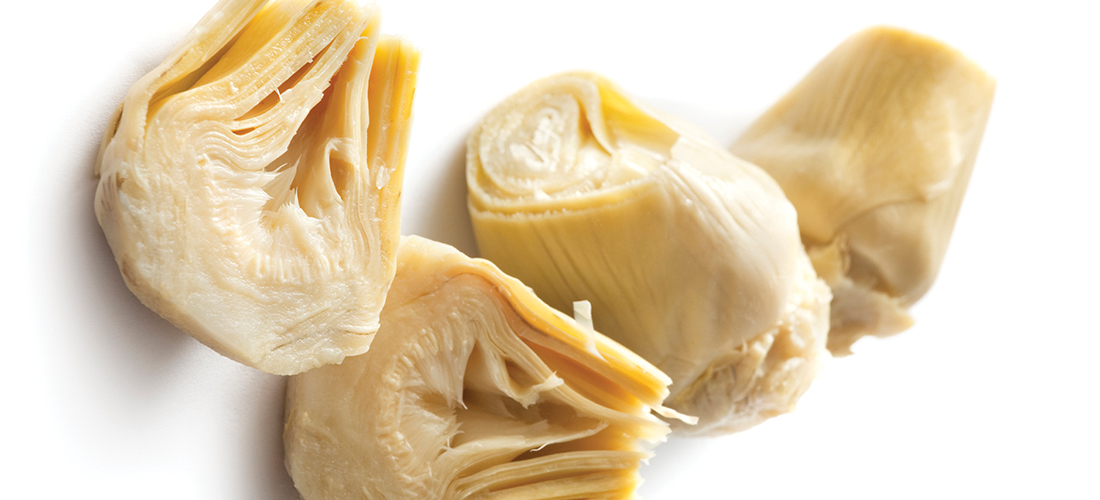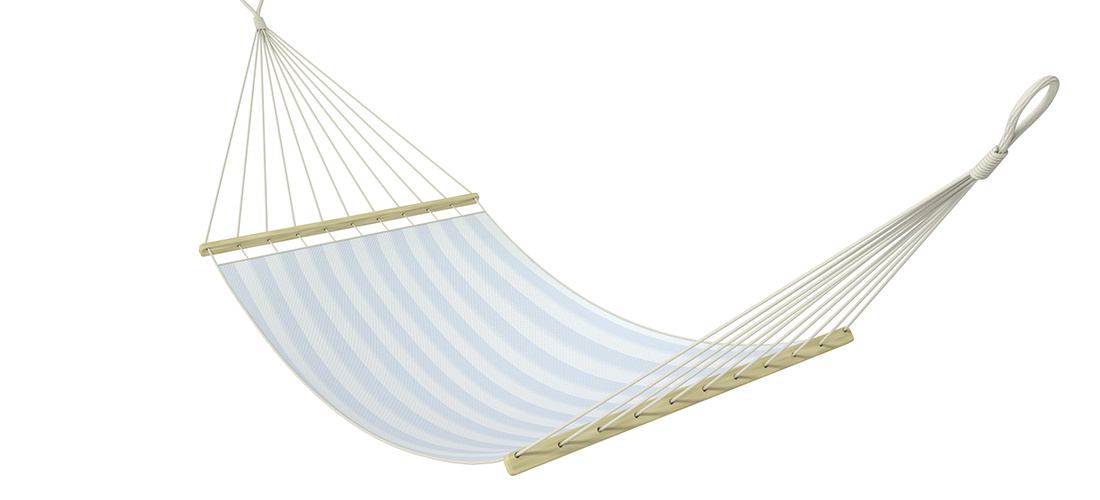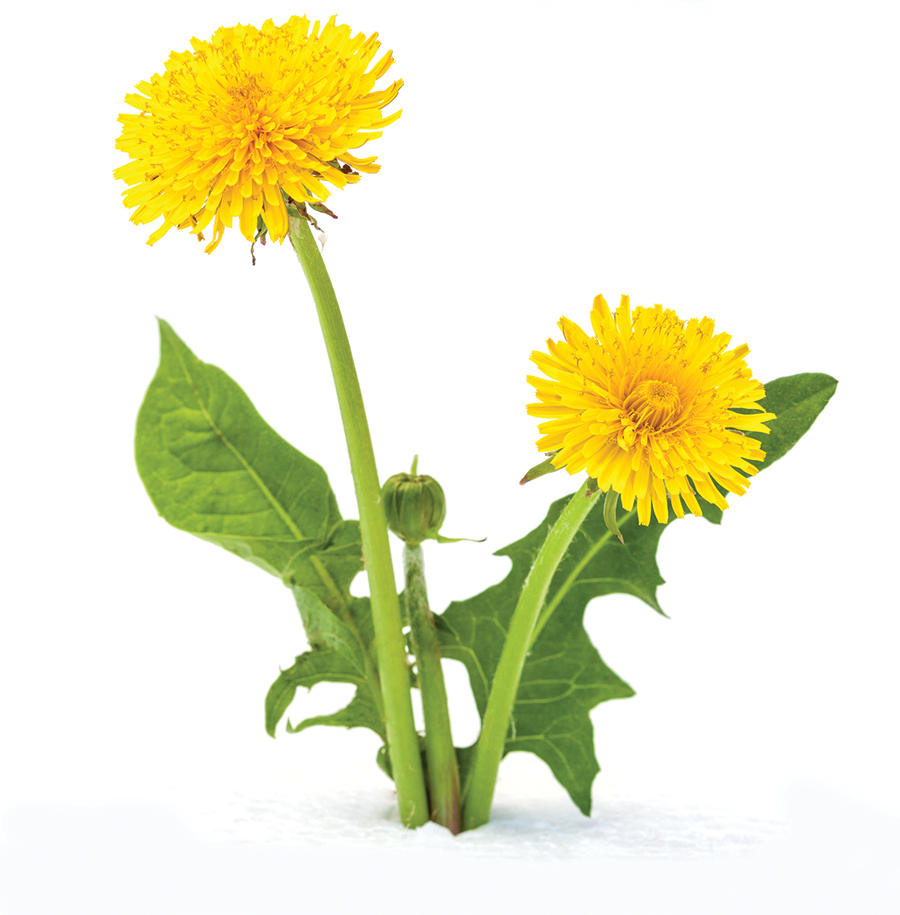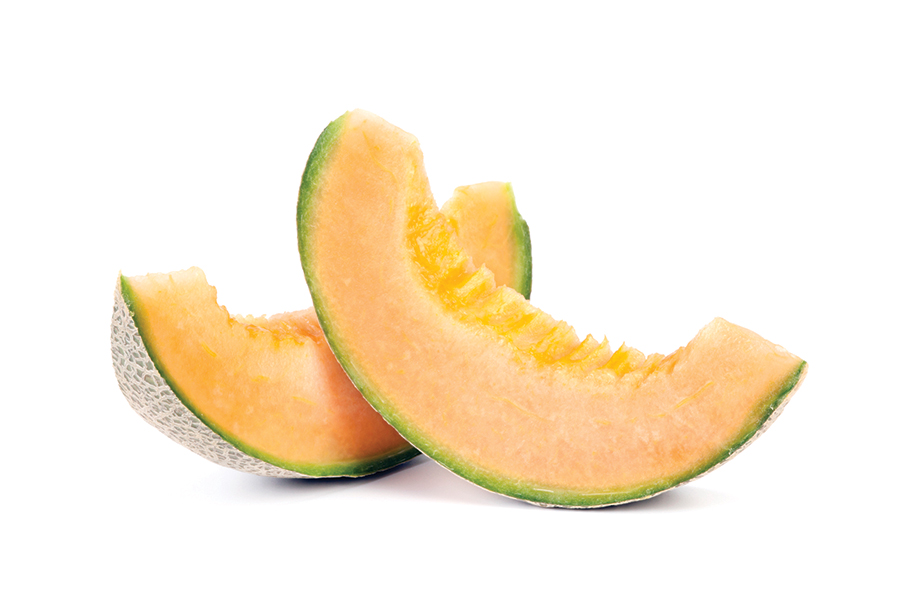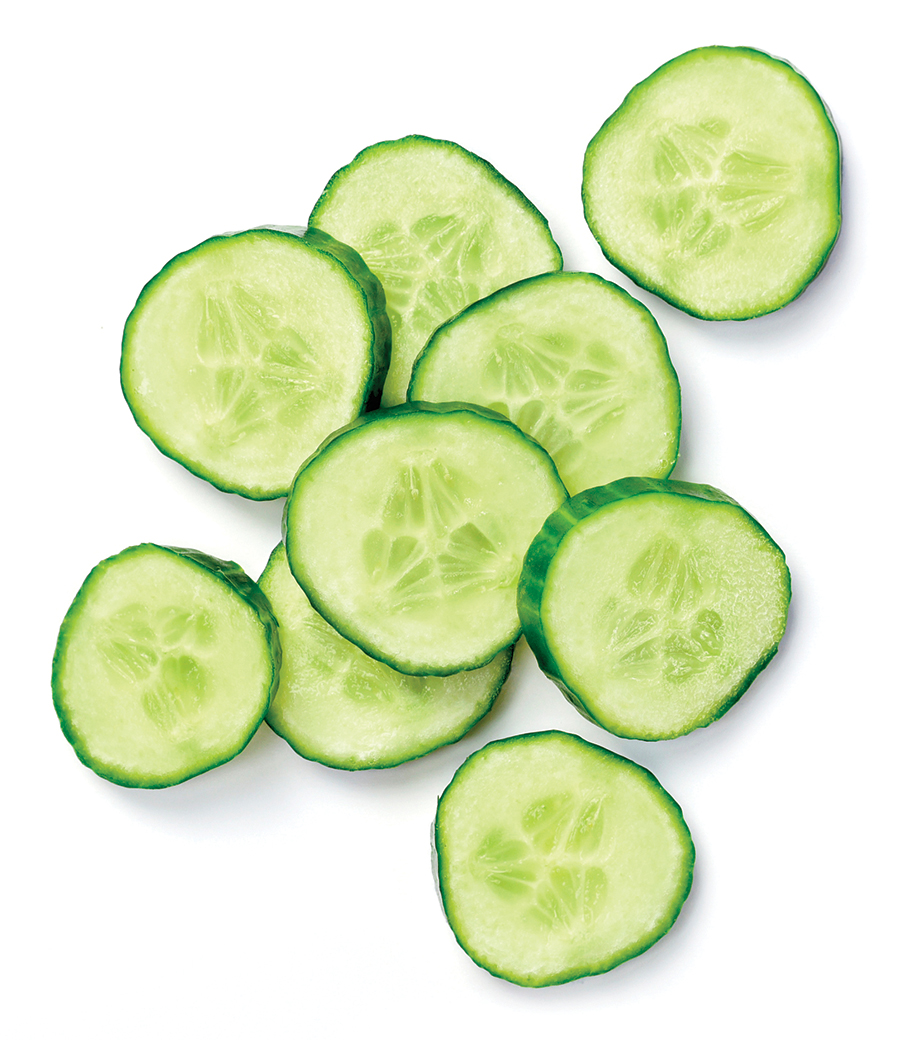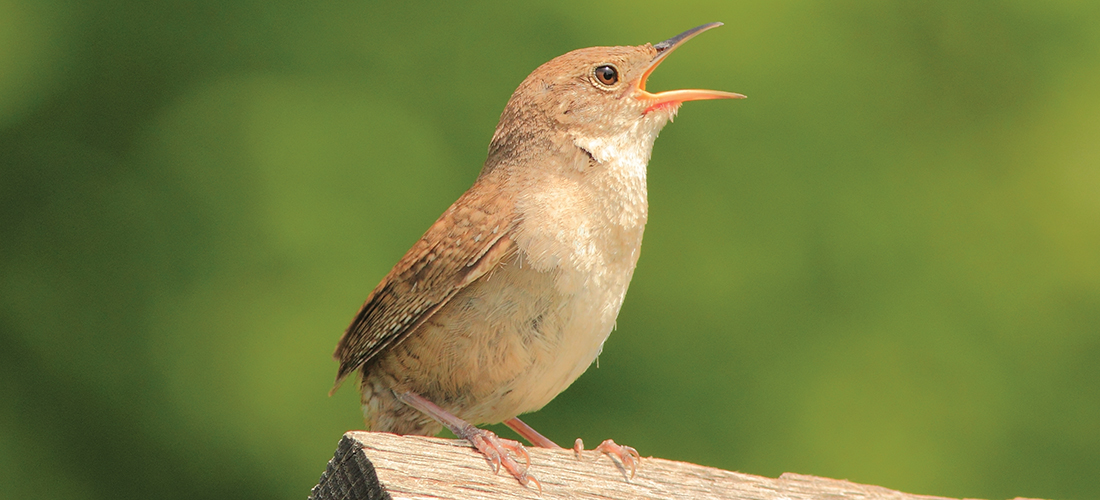Liver Helper
Artichokes to the rescue
By Karen Frye
One of the hardest working organs in our body is the liver. It’s at the center of every metabolic process. Everything, from what you eat and drink, the medications and supplements you take, even the body care products you apply to your skin and hair, gets filtered by the liver. Consuming certain foods on a regular basis or adding effective supplements will help keep the liver working properly.
Artichokes are one of the best liver-friendly foods to add to your diet. In fact, you will often find artichoke extract in many of the liver-detoxifying supplements. The artichoke is high in many antioxidants and a great source of silymarin (also abundant in milk thistle). Silymarin helps to protect and nourish your liver.
Fresh artichokes may be a little intimidating to prepare, although once you get the hang of it they may be on your plate more often. Artichokes are relatively easy to prepare by trimming the base, and steaming them till tender. Dip the leaves in a bit of warm butter and lemon juice — it makes a nice appetizer to share, and you might find your new favorite food!
Here is a simple recipe for summer meals that includes artichokes. The lentils are also good to eat on a regular basis. They are a high source of fiber, especially soluble fiber, which helps to control blood sugar. The microbiome (the microbes that live in our bodies) loves fiber, feeding on it and promoting a healthier gut. Tomatoes are an important ingredient in this recipe as well, as they are rich in lycopene — a potent antioxidant especially helpful for prostate health.
Easy Artichoke Lentils
2 teaspoons avocado or olive oil
2 large shallots, diced
1 large red bell pepper, diced
1 large zucchini, diced
2 teaspoons Italian spice blend (in the summer substitute fresh basil and parsley)
1 15-ounce can lentils, drained and rinsed
1 15-ounce can quartered artichoke hearts, drained
1 15-ounce can diced tomatoes, undrained
2 tablespoons balsamic vinegar
Salt and freshly ground pepper to taste
Heat oil in large saucepan over medium heat. Sauté shallots, pepper and zucchini until just tender. Stir in spice blend, lentils, artichoke hearts and tomatoes. Cook until hot. Stir in the vinegar, salt and pepper just before serving. You can serve this hot or chilled. Add a green salad with all the good things from your garden and you have a delicious healthy meal.
P.S. Remember to drink your chilled hibiscus tea through these hot summer months. PS
Karen Frye is the owner and founder of Nature’s Own and teaches yoga at the Bikram Yoga Studio.

